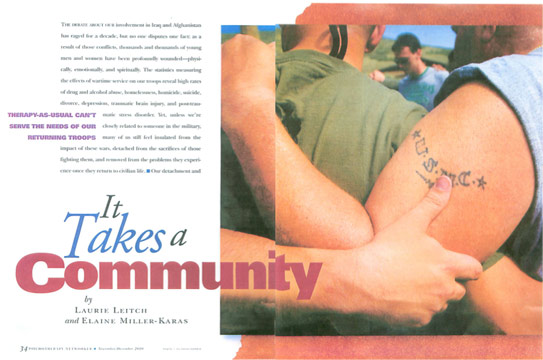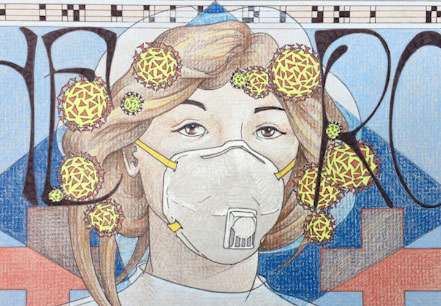It is encouraging and exciting to see neuroscience research being used in the criminal justice system. If you haven’t read Lawrence Steinberg’s book, Age of Opportunity: Lessons from the New Science of Adolescence, I highly recommend it. It describes the confluence of sex hormones and an abundance of dopamine receptors and the resulting teenage drive for intensity with little regard for consequences that so often ends up with juveniles involved in our court systems. And, now comes a Supreme Court decision that draws upon the neuroscience research on adolescent brains to reverse a long ago decision that put juveniles convicted of murder in prison for life without parole.
In the 2012 Miller v Alabama decision, the U.S. Supreme Court ruled that mandatory life without parole for juveniles (now referred to as “Juvenile Lifers”) was unconstitutional. In 2016, in Montgomery v Alabama, the court ruled that Miller should be applied retroactively to the approximately 2500 juvenile Lifers in the United States. These decisions have resulted in a cascade of new stressors across the criminal justice system, including among corrections officials and the juvenile lifers themselves, many of whom are ages 40 and older.
One factor contributing to the Supreme Court’s decision is the current neuroscience research about the adolescent brain. Based upon the development of sophisticated brain imaging techniques, research found that puberty changes the brain in profound ways (Steinberg, 2014). Briefly, the research shows the adolescent brain to be more easily activated, geared toward pleasure seeking and intense experiences (including substance use), more sensitive to rewards than to losses, and less able to consider the negative consequences of actions. These factors can contribute to poor judgment and impaired decision-making. In the worst case scenarios, these factors became associated with behavior sometimes resulting in homicide and, for juvenile lifers, with life sentences without the possibility of parole. The extreme reorganization taking place in the brain during adolescence doesn’t, of course, take away the negative impact of harmful actions; but it does mean that sentencing as well as programs for juvenile offenders need to be reconsidered with a lens that includes contributions from neuroscience.
Threshold GlobalWorks’ RZone Program is a well-suited intervention for Juvenile Lifers. The practical, skills-based approach provides self-care as well as a peer-to-peer model that helps individuals take control of reactivity, build the capacity for healthier relationships, and, when practiced, “wires-in” a deeper resilience. Stay tuned for more on this work!

